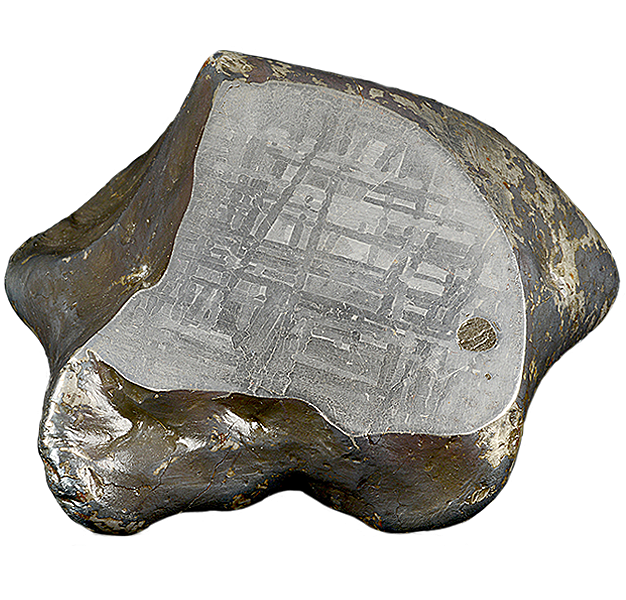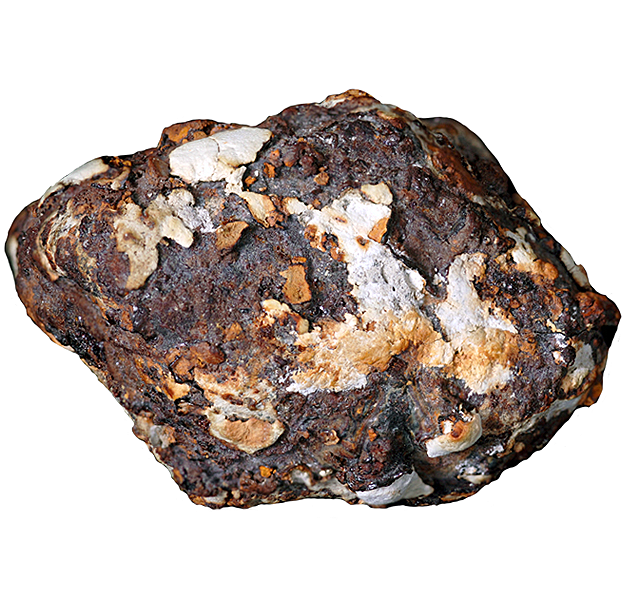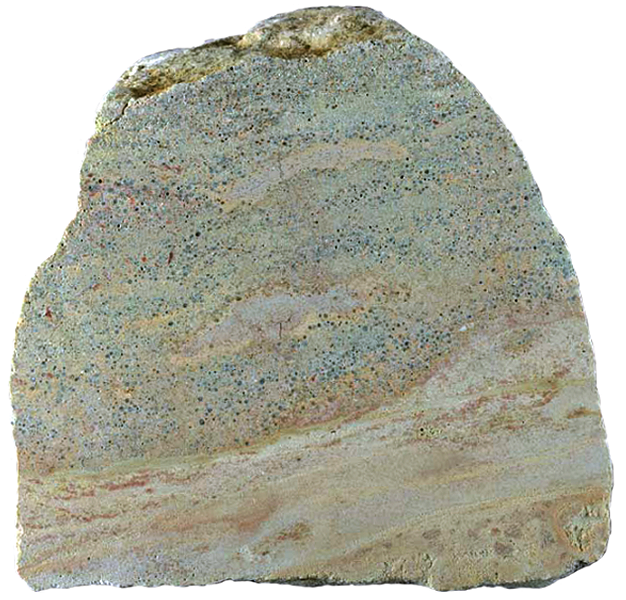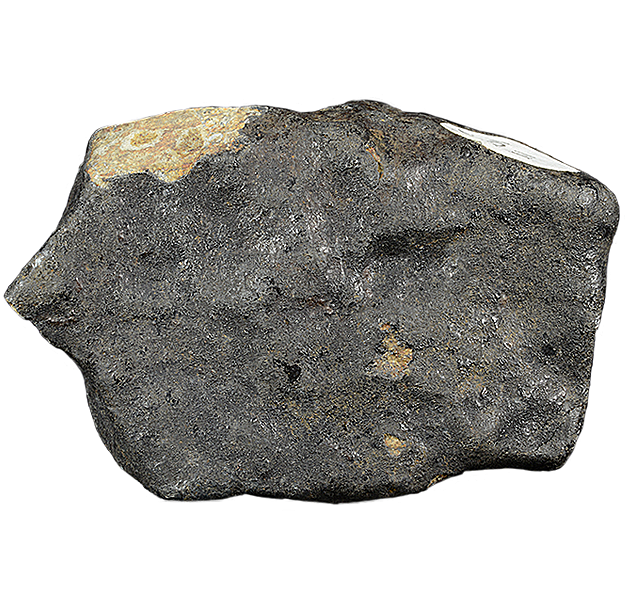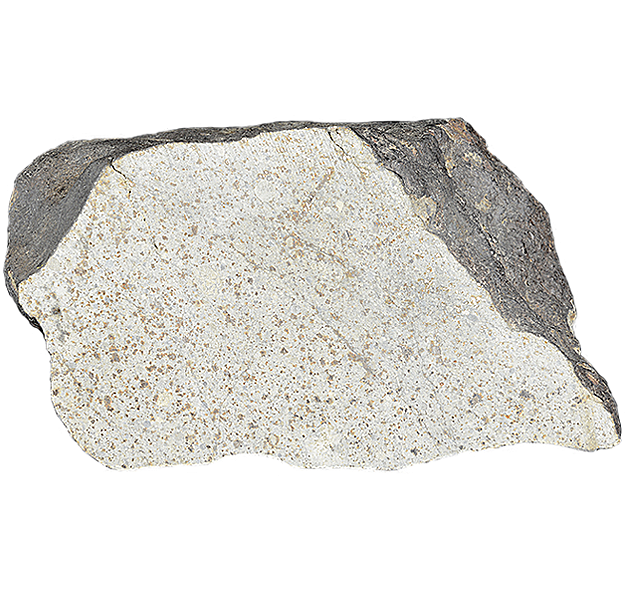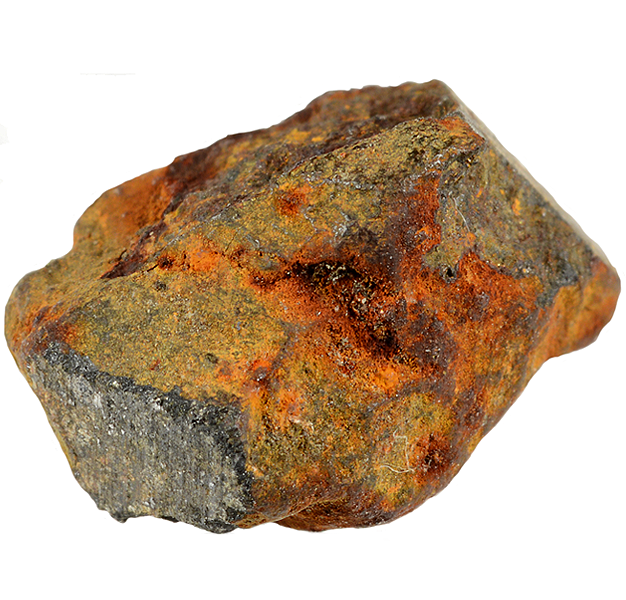
Fact sheet
The Glenrothes meteorite was found as a number of fragments (largest being 1.1 g) in July 1998. It is an ordinary chondrite whose known weight is 14.8 g in total. Glenrothes is in Fife, Scotland.
The Glenrothes meteorite is classified as an H5 chondritic meteorite meaning it has a high iron content (12-21%) and distinct chondrules (olivine and pyroxene mainly). Chondrules are thought to have formed from the condensation of hot gases in the solar system around 4.6 billion years ago. In the hand specimen these chondrules are clearly visible.
NOTE our "Virtual Microscope" is a zoomable hand lens view of the Natural History Museum's specimen and not a microscope view.
See also:
http://www.bimsociety.org/bim4.shtml
http://www.lpi.usra.edu/meteor/metbull.php?code=10934
Specimen: BM2001.M29
This Collection consists of meteorites that have fallen in Great Britain and Ireland and which are now preserved in museum collections. We have also included samples of the two known meteorite impact deposits in the UK.
The Natural History Museum in London offers more information about meteorites and meteorite categories; there is more information about its meteorite collections here.

